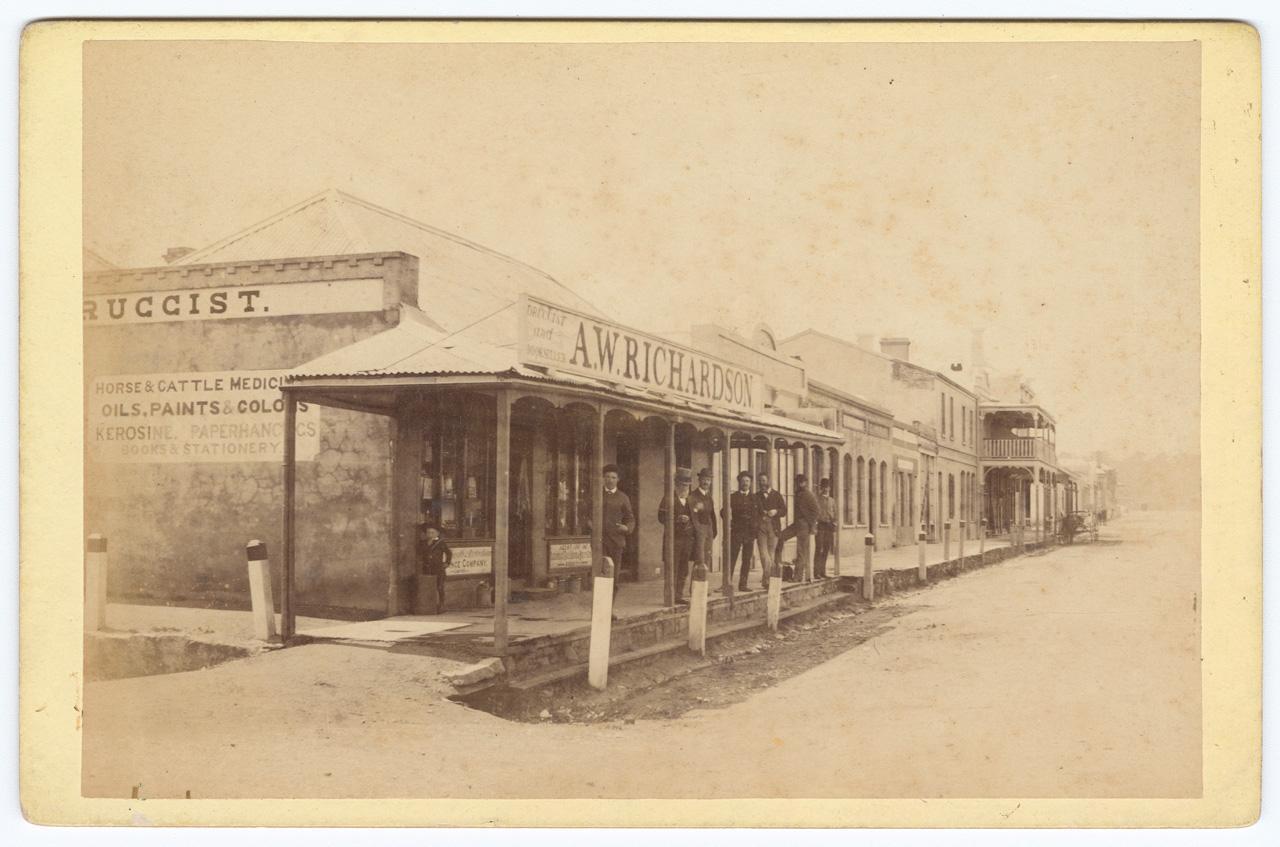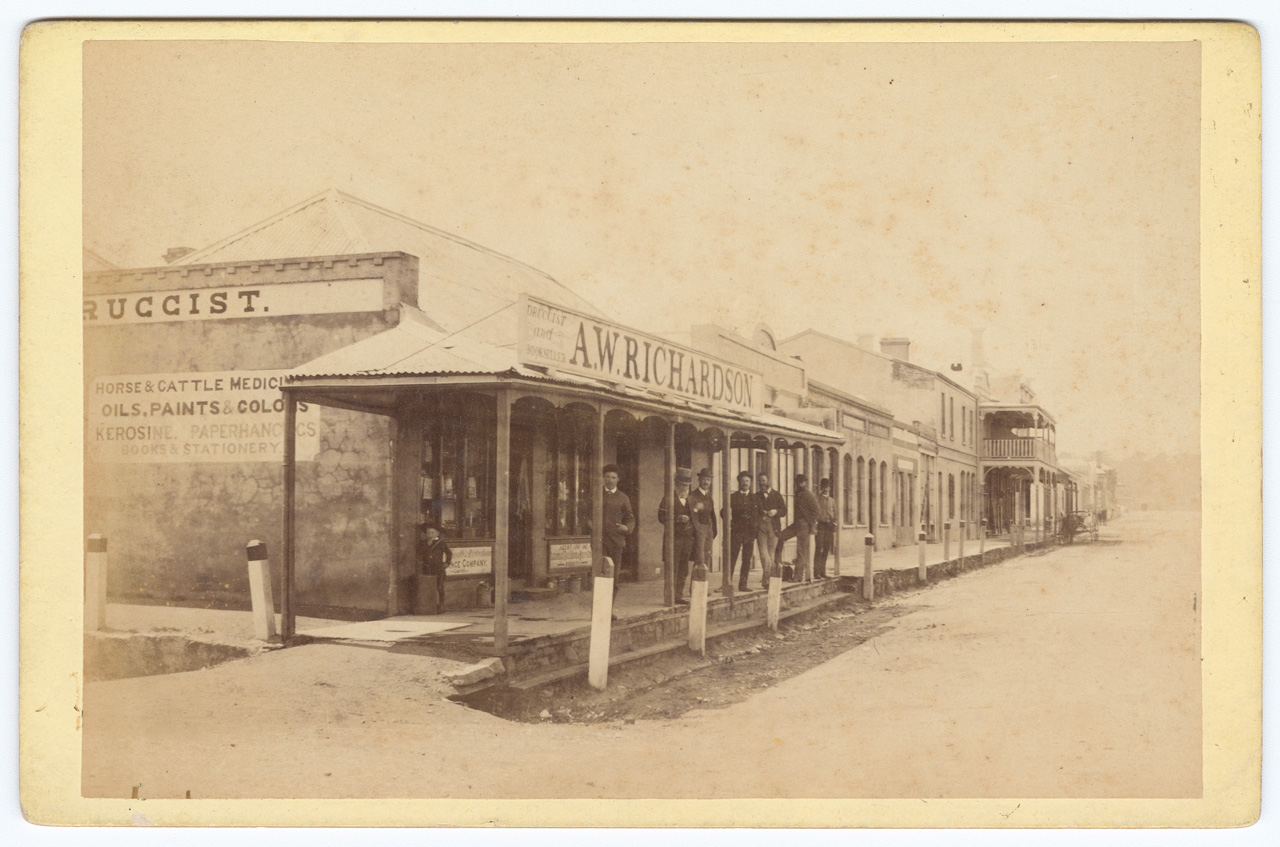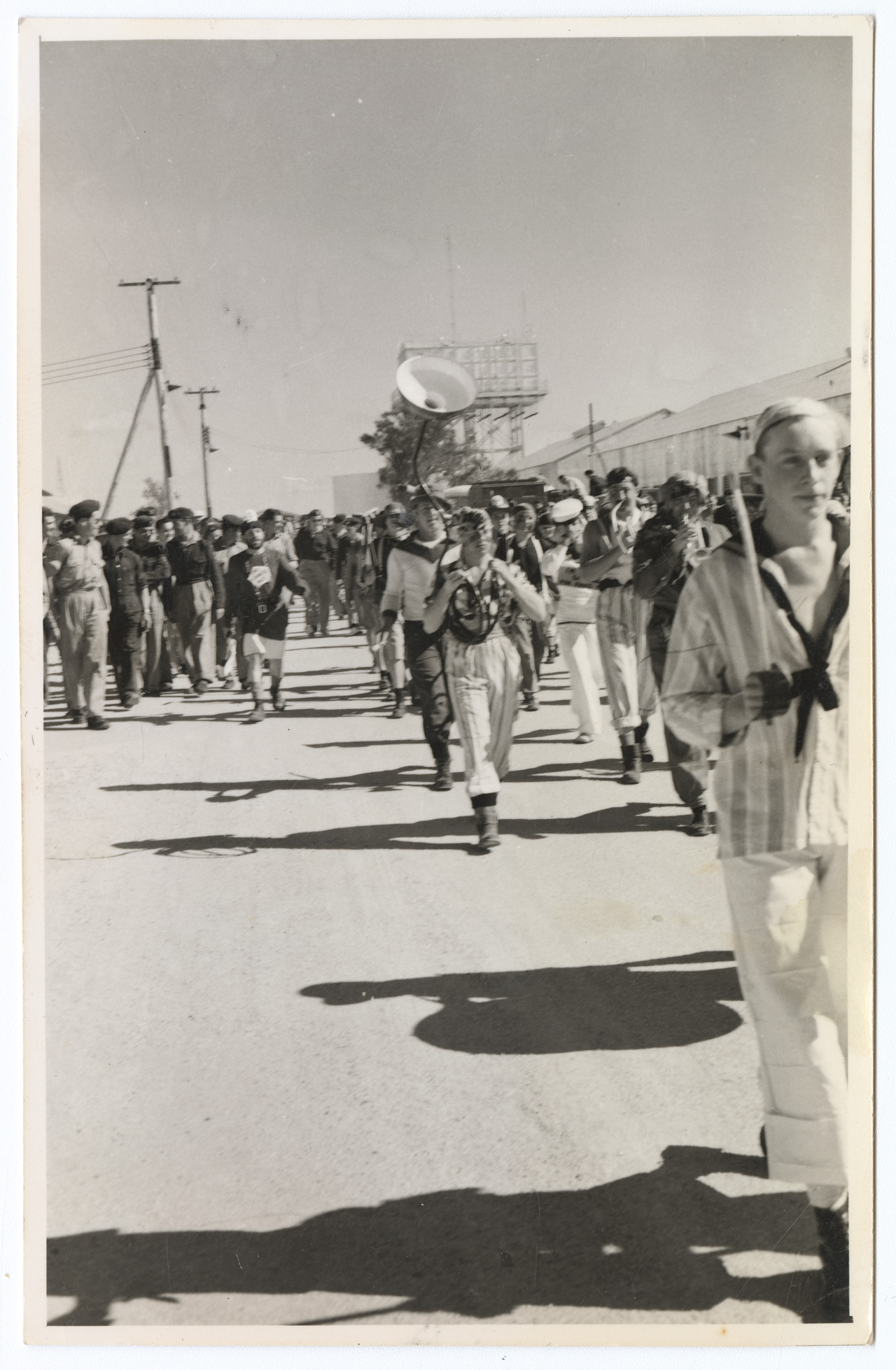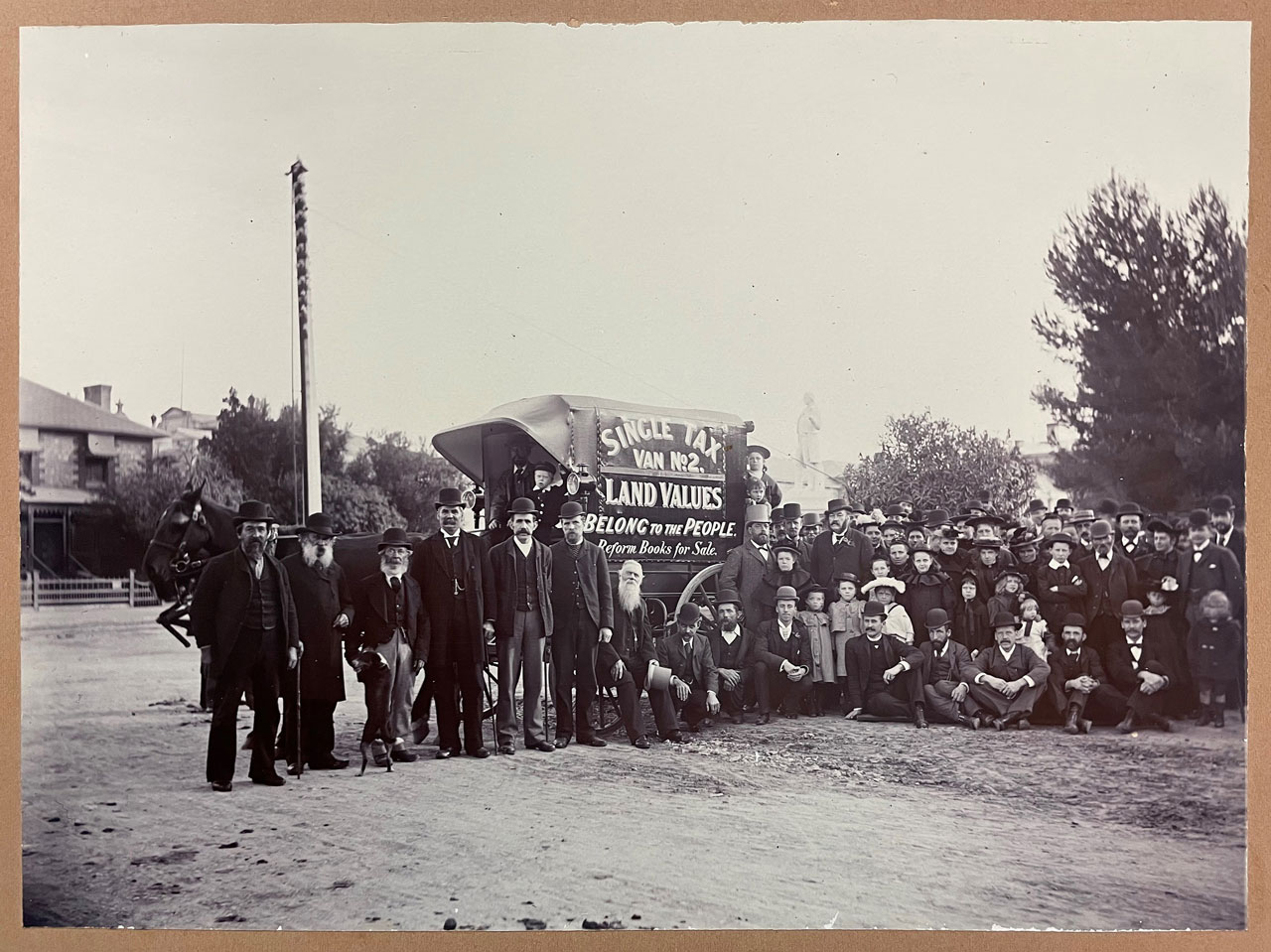
To celebrate International Archives Week 2023 the State Library’s Archival team has unpacked some archival boxes to showcase three recently acquired and unique photographs that will help tell the story of South Australia.
Our archival collections are made up of South Australian unpublished material and non-government records that document the diverse lives, activities, and achievements of South Australian people, as well as the places, events and ideas that shape our society. They form a part of the stories that make us.
How do we acquire new records for the State Library Archives?
Most of the State Library's archival collections of written documents, digital records, photographs, audio-visual materials, and more come from donors. From time to time the State Library will purchase archival records and photographs which have been made available through auction catalogues.
Before the Library accepts new records into the Archival Collection, the archival team first appraise the donation offer and select the records that meet our archival collections policy criteria based on their content, use and viability.
Once an offer is accepted, we arrange for the records to be delivered to the State Library. This new acquisition is known as an accession – a term used to describe a group of records that have been transferred to the Library at the same time and from the same source (either a donor or vendor). An accession may be made up of a large number of records including multiple files and different formats, or sometimes just a single item – like a single photograph.
Once we receive the records, we create an accession record in our catalogue that gives a brief description of the content, and where the records are housed whilst awaiting processing.
How do we process new archival accessions?
An archivist is assigned to process the new archival accession. Sometimes, large accessions may require a processing plan to help manage the different stages of processing. The archivist then arranges and describes the records. This step involves organising the records into groups, based on their content, format, and how the records were used. These groupings are called series. Then we describe what is in each series in catalogue records and series lists. These finding aids allow researchers to discover the records by searching our online catalogue.
Sometimes we need to carry out preservation and conservation activities to prevent deterioration and damage to these cultural materials. This could involve cleaning, repairs to damaged or torn records, or the creation of custom housing to protect the materials while in permanent storage.
Digital records may require digital preservation to ensure that digital files are stored, backed up, and will remain accessible for future generations to access and use.
Some records are digitised so that customers can view them online. The physical records are then housed and stored, ready for customers to view.
Recent accessions to the archives
The following three photographs were purchased from vendors.
A.W. Richardson druggist and bookseller store, Mount Barker
This cabinet card photograph shows a view of the Mount Barker commercial premises of A.W. Richardson, 'Druggist and Bookseller', located in Main Street (now Gawler Street), Mount Barker. The man wearing a top hat could be the store's owner, Mr Adam Watson Richardson, along with his staff, standing outside the premises.
Richardson was a prominent and highly respected citizen of Mount Barker, working for many years as a chemist and stationer, as well as a local agent for The Advertiser since 1837, a Justice of the Peace, and was connected with various local institutions.
Richardson’s store was one of the earliest businesses in Mount Barker, built around 1864. The view of the store and Main Street in this photograph is particularly interesting when viewed with the library’s larger collection of photographs of Gawler Street in Mount Barker. They show interesting historical insights into the development of the town and main street over time, including changes to shopfronts, store ownership, development of buildings and roads, as well as changes in fashion.
A military ceremony before Operation Antler, Maralinga
This photograph shows British military personnel marching in a parade outside the nuclear testing facilities at Maralinga, South Australia, in August 1957 before the beginning of Operation Antler. It offers an intriguing view into the military social life and activity at Maralinga. The contrasting of the view, of a ‘ceremony’ and of fancy dress and marching bands, is striking when compared with images traditionally associated with British military testing at Maralinga.
The British nuclear tests at Maralinga were a major event in Australian history and part of national discourse. The tests had devastating social, cultural and environmental impacts on the land and those involved in the testing and living in the area.
The ‘Single Tax’ movement launch, North Terrace, Adelaide
This photograph depicts supporters of the ‘Single Tax’ movement, inspired by writings of American Henry George in the late-19th century and his idea of a ‘single tax’ on land, and elimination of labour income and capital earnings. Details of the launch event are described in great detail in the newspaper article ‘Single Tax Campaign’ in The Express and Telegraph (Monday 12 August 1895, page 3).
The launch began on North Terrace in front of the ‘Burns Statue’ (North Western corner of Kintore Ave and North Terrace) and attracted a crowd of about 100 people. The van cover was made of red American leather and featured mottos of the Single Tax movement including “Land values belong to the people” and “Free Trade, Free Land, Free Men”. The ‘Single Tax Van No.2’ campaign was intended to travel throughout South Australia to promote the Georgian doctrine of ‘Single Tax’ and distribute reform literature (Van No. 1 was travelling throughout Victoria). The movement became hugely popular in South Australia, and world-wide, at the turn of the century. Despite its popularity, the movement also faced much opposition, and the ideology was never implemented.
Interested in donating to the State Library?
We encourage members of the community, organisations, and businesses to consider donating material for appraisal, especially South Australiana, to increase the depth and range of the library's collections. Read more about donating to our collections.
Keep an eye out for more stories from the archives.
Article written by Kate Zwar, Archivist


